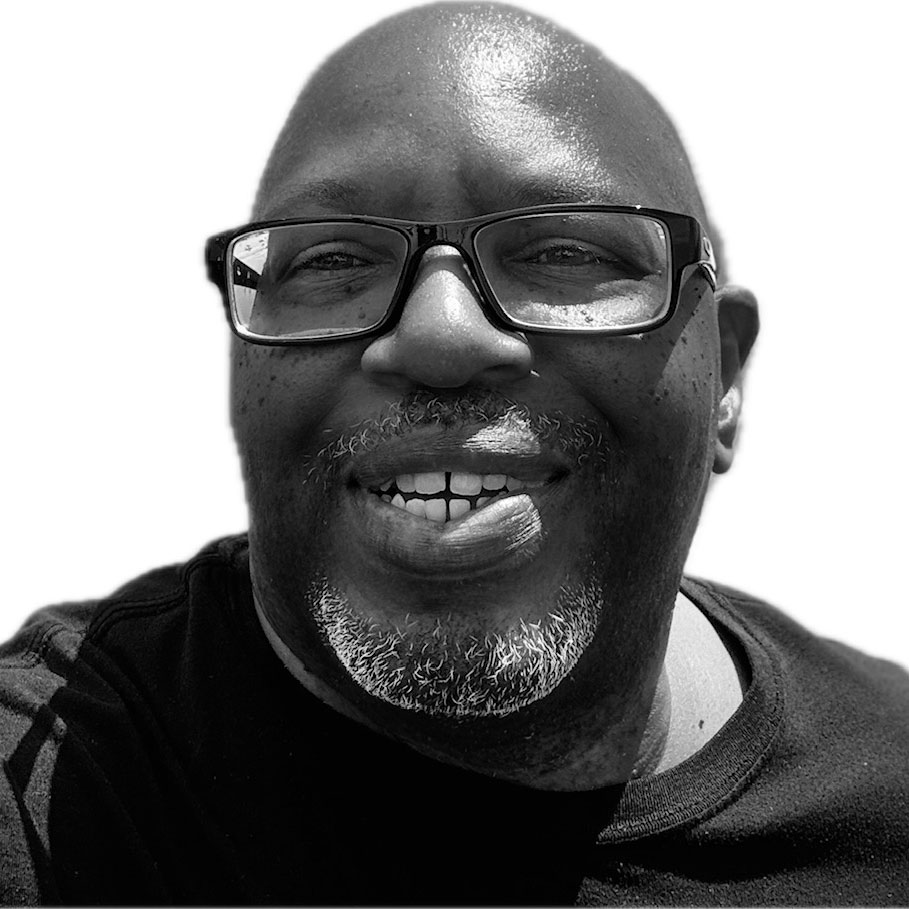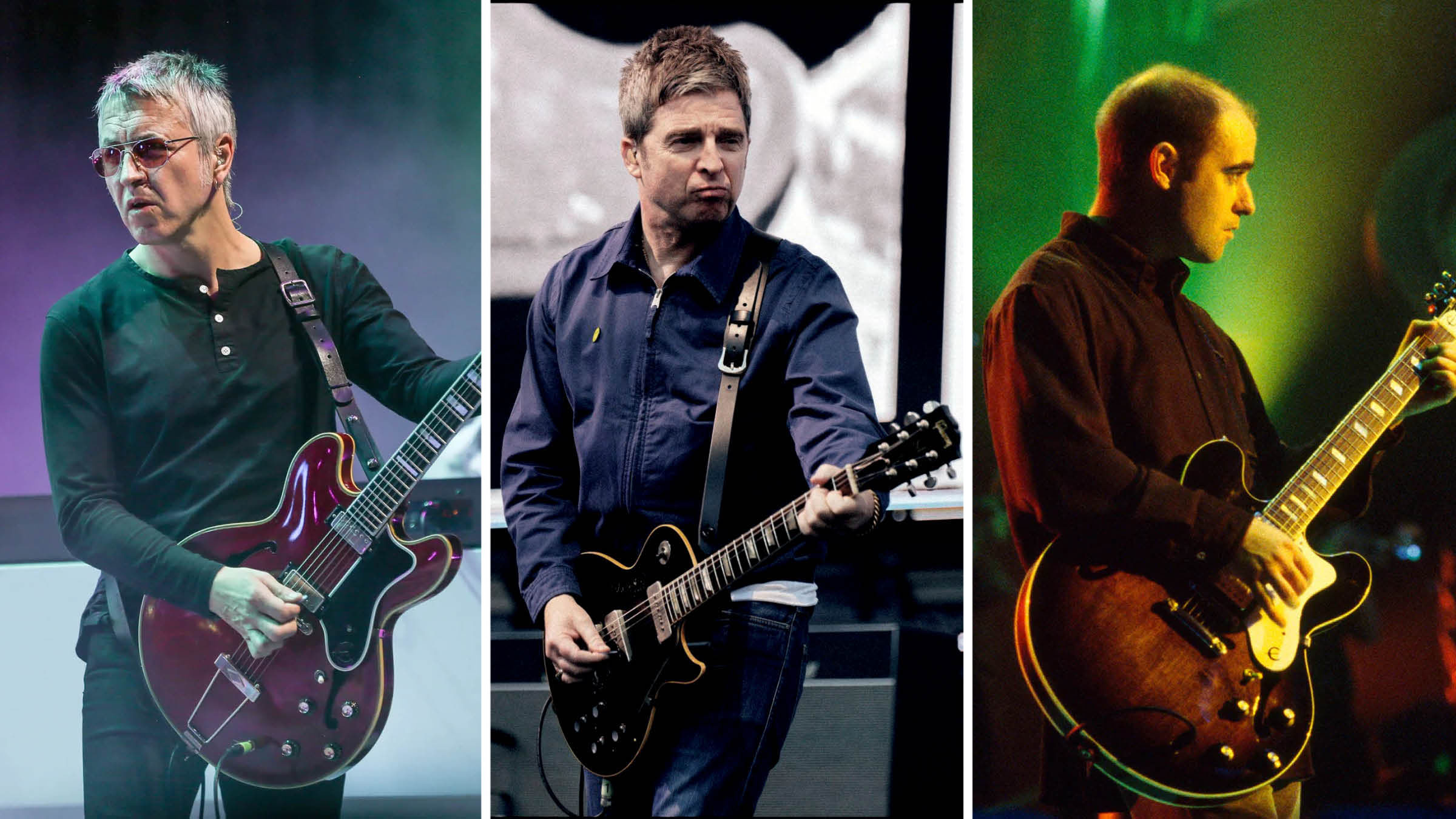“Do modelers have a place? Yes. Are they going to put me out of business? I don’t think so”: Mike Zaite on the secret to the Dr Z sound, making custom amps for James Walsh’s shows at the Sphere and the enduring appeal of the tube amplifier
Mike Zaite explains how a background in electronics and a front-row seat to the British Invasion of the 1960s led to the formation of Dr Z Amplification – and why the sonics always lead the schematics
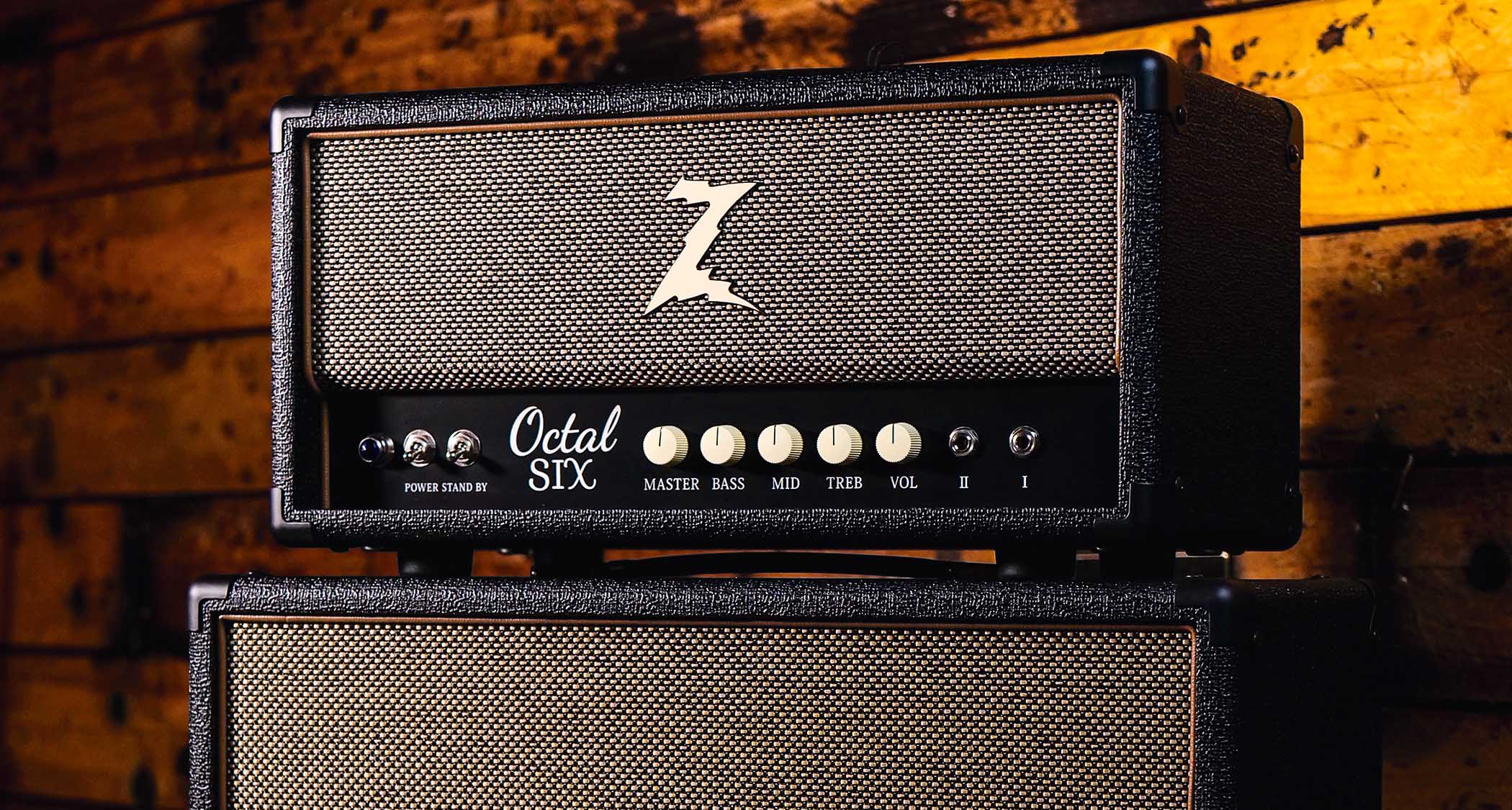
In a world full of digital modelling and mass-produced amplifiers, Dr Z has built a reputation the old-fashioned way: by building hand-wired tube amplifiers that players fall in love with and never let go.
Before he was building amps for Joe Walsh and Brad Paisley, Mike Zaite – better known as Dr Z – was just a Cleveland guy chasing better tone…
What inspired you to start Dr Z amps and what was your vision in the beginning?
“My dad was a TV repairman, so the basement of my house kind of looked like what my shop looks like now, with tubes and chassis and things spread out and all over. I was fortunate enough to have a father who was very generous with his knowledge and loved to share it with me.
“Before he started his business, he was in the Navy where he worked with communications information for naval ships. So early on, I kind of fooled around with different things and learned the basics of electronics.
“This was in the mid-’60s when the British Invasion exploded in the United States. After watching The Beatles on The Ed Sullivan Show in February 1964, everyone wanted to be in a band and I was no different. I started playing in basement bands and we would practice at my house.”
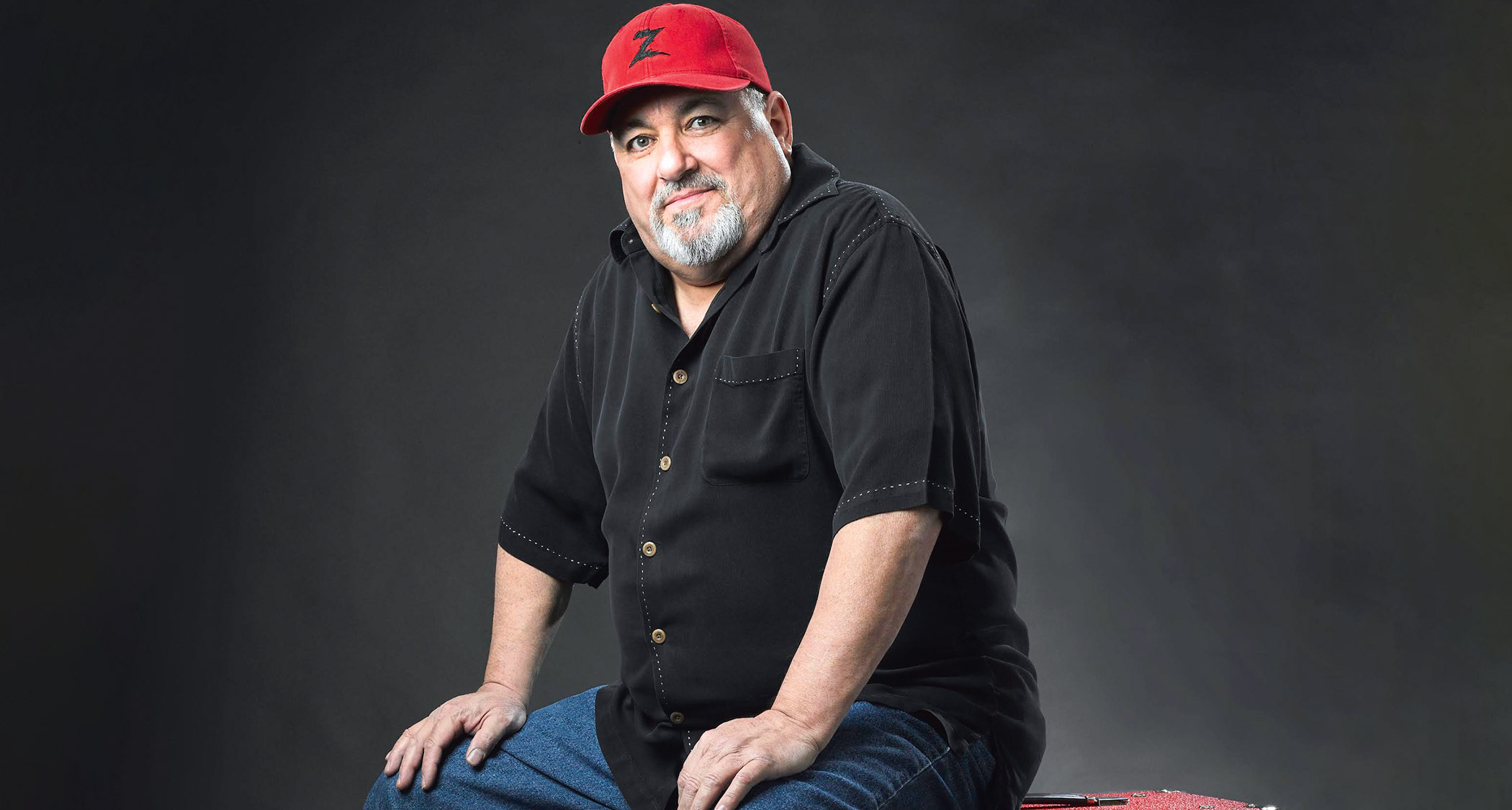
“Whenever guests or the guys that I played with would leave their equipment behind, I would start messing around with their guitar amps. If they only knew some of the things I did [laughs]. So that’s what kind of got me interested in amplifiers.
All the latest guitar news, interviews, lessons, reviews, deals and more, direct to your inbox!
“Later on, I went to college and got a degree in Electrical Engineering. After graduating, I started working for GE in their Medical Systems division. Back then, in the early ’70s, they weren’t really teaching you about tubes any more.
“They taught you about chips, transistors and modern electronics. Tubes were antiquated and they didn’t spend much time talking about them. I was fortunate because I already had a background in tubes that I got from my dad.
“During my 15 years at GE, not only did I get to work in electronics everyday, but I also learned how a large, successful corporation operates. I learned how to manage people, how to source and buy parts and components, how to interact with suppliers and all that stuff.”
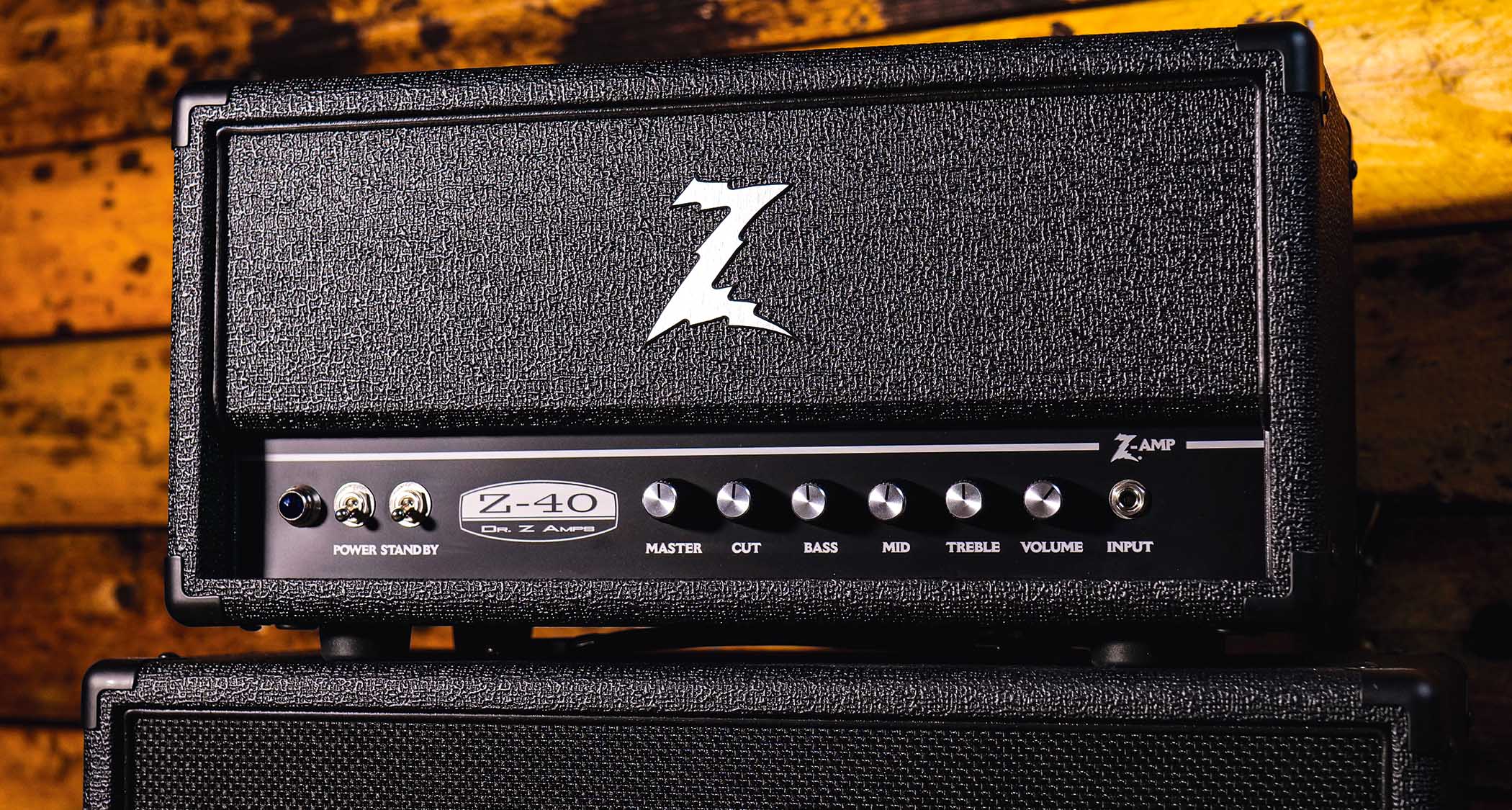
“My job was to source and find parts for guys in the field that repaired and maintained X-ray machines. Everything that I learned at GE was very helpful when I started my own business and I had good connections for parts and electronics.
“I’ve always loved music and electronics and I’ve been able to make a life by incorporating both. I’m really grateful for that. I’m 73 years old now, and I still come in to work every day. I still enjoy designing new amplifiers and playing that first chord.
“I try to make the best amps that I can and offer the best customer support. If the phone rings and I’m at my desk, I’ll pick it up and freak people out [laughs]. They don’t expect me to answer.”
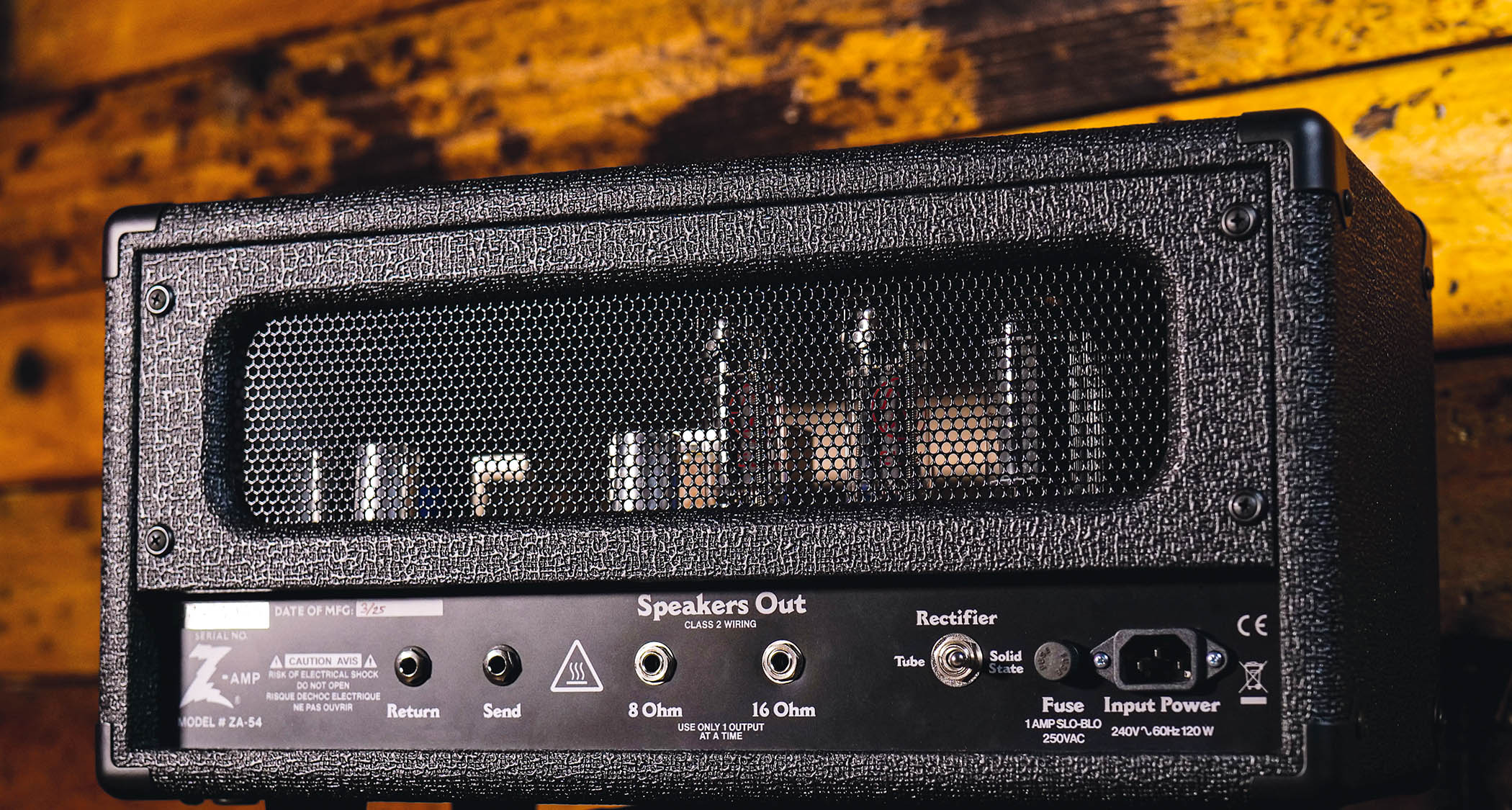
How do you approach designing a new amp? Does it start with a sound that you have in your head or is it more of a technical concept?
“There are a lot of things that I think about. You know, there are a lot of guys that will take a Fender or a Marshall schematic and try to recreate the sound as closely as possible to the original. Some guys do this very well, but that’s not me; I won’t just copy something. Those guys will always have to deal with someone that has an original, trying to tell you what your version should really sound like.
“I try to listen to bands or music with a sound that’s really cool or unique and then start wondering what amp they used. I’ll take an amp apart to understand how it works, but I’m more interested in the sonic characteristics as opposed to the schematic.
“Because I have a pretty deep knowledge of electronic design, I can kind of create similar tones and sounds that make up the amp using my own design criteria. I’ll take bits and pieces of other designs, throw them in the pot and stir it up. A perfect example is the Maz 18. It’s kind of the Holy Trinity where you can get Vox, Fender and Marshall tones if you adjust it correctly. It has its own unique Dr Z sound as well.”
What would you say is the ‘Dr Z sound’?
“My amps have to have great clean sounds and they have to be pedal-friendly. From there, I’ll make adjustments down the line to dial in more of their unique tone. Most players today use a wide variety of tones and everyone has a pedalboard.
“There are plenty of distortion and overdrive pedals, but there’s no pedal that says, ‘Plug into this and you’re going to get the most amazing clean tone.’ All my amp designs overdrive nicely, too, but I always start with a great clean sound.”
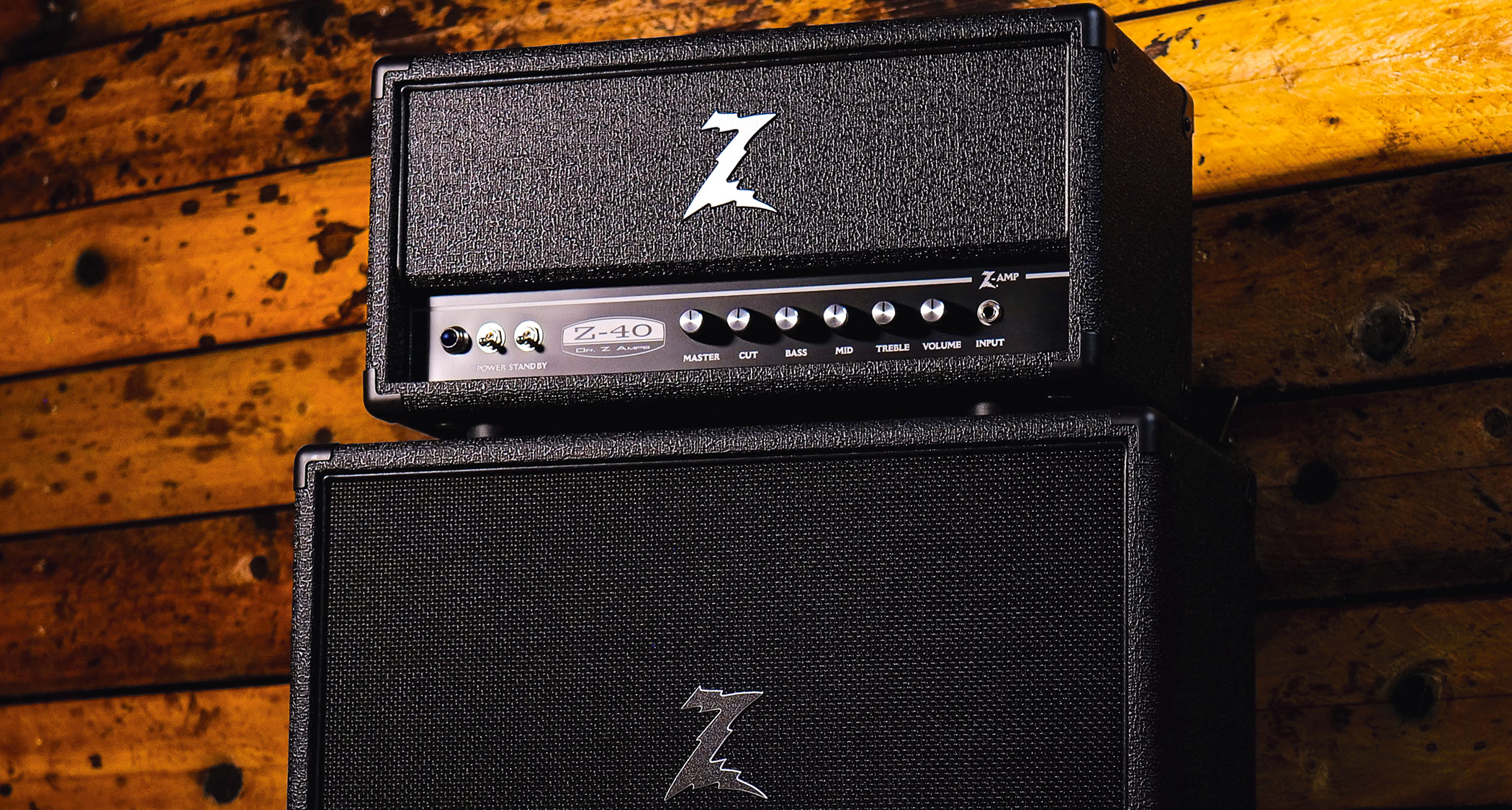
You’ve collaborated with some great artists on some of your amps such as Brad Paisley and Joe Walsh. What was that process like?
“In the late ’80s or early ’90s, there was a music store called Mike E’s outside of Nashville. Mike travelled around and would find esoteric guitars and amps for his store. They had a reputation as the place to go if you’re looking for something unique. Dr Z amps were the only new gear that Mike E’s carried.
“So one day Mike called and said, ‘You’re not going to believe this, but Brad Paisley was just here and he bought one of your amps, a Maz 18.’ I had no idea who Brad Paisley was [laughs]. They knew him in Nashville, but in Cleveland, I had no idea. From there, Brad and I connected and became friends.
“We’ve collaborated on several amps over the years including the Prescription Extra Strength, Stang Ray, Z Wreck and the DB4. Brad is a unique person and he’s very loyal. He played a DB4 2x12 combo at the last Grammy Awards show, which is his favourite Z amp, by the way.”
“Joe Walsh and the James Gang got their start here in the Cleveland area. Back around 1968, there was a battle of the bands and my band was in it along with the James Gang and, of course, they won [laughs]. So Joe and I go way back. He was the nicest guy.
“He was always very humble and very kind. In 1995, I was able to get a head and cabinet to Joe. I knew some of the guys in his crew and they helped me get the amp to him. The next thing I know, I get a call saying that I need to build another head and cab because Joe is going to use it on the Eagles Hell Freezes Over tour and he needs a backup.
“Since 1995, Joe has always had some sort of Z amp on stage with him. We collaborated on the Dr Z Z-Master amp, which was inspired by a 1959 Bandmaster 3x10 that Pete Townshend gifted to Joe but with some added tweaks and modern enhancements to fit Joe’s style. Most recently, we collaborated on the Octal Six amp.”
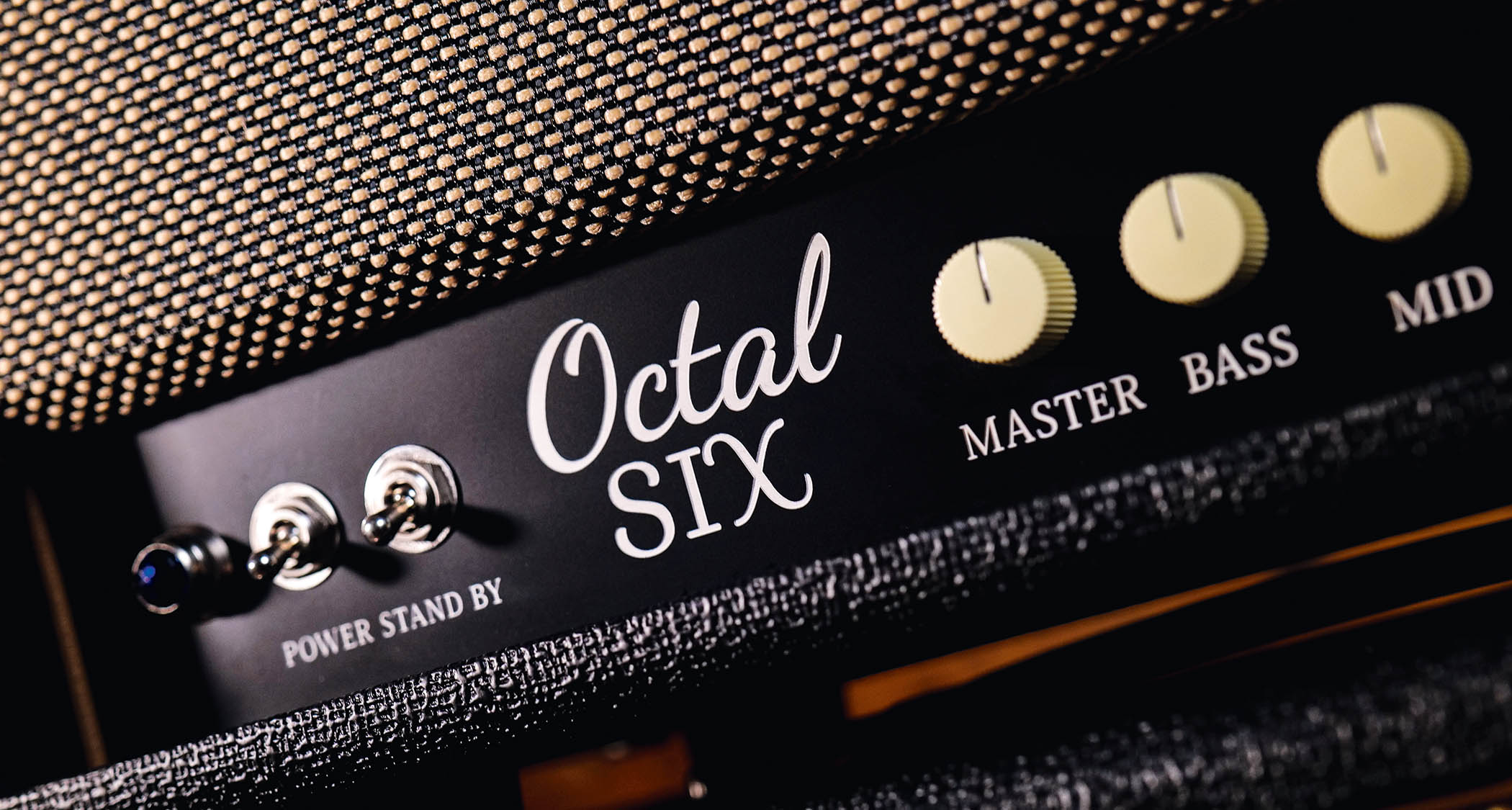
“Joe needed something to play at the Sphere in Las Vegas and it had to be unique because there aren’t any amps on stage. The amps are backstage and they are using in-ears to monitor. Joe called me up and said, ‘Z, for 60 years, I’ve never played without an amp behind me.’
“So we talked and he wanted something with octal tubes. It’s a unique design and there’s a whole story to it, but basically it has a harmonic complexity and a thickness that really catches your ear and feels great under your fingers.”
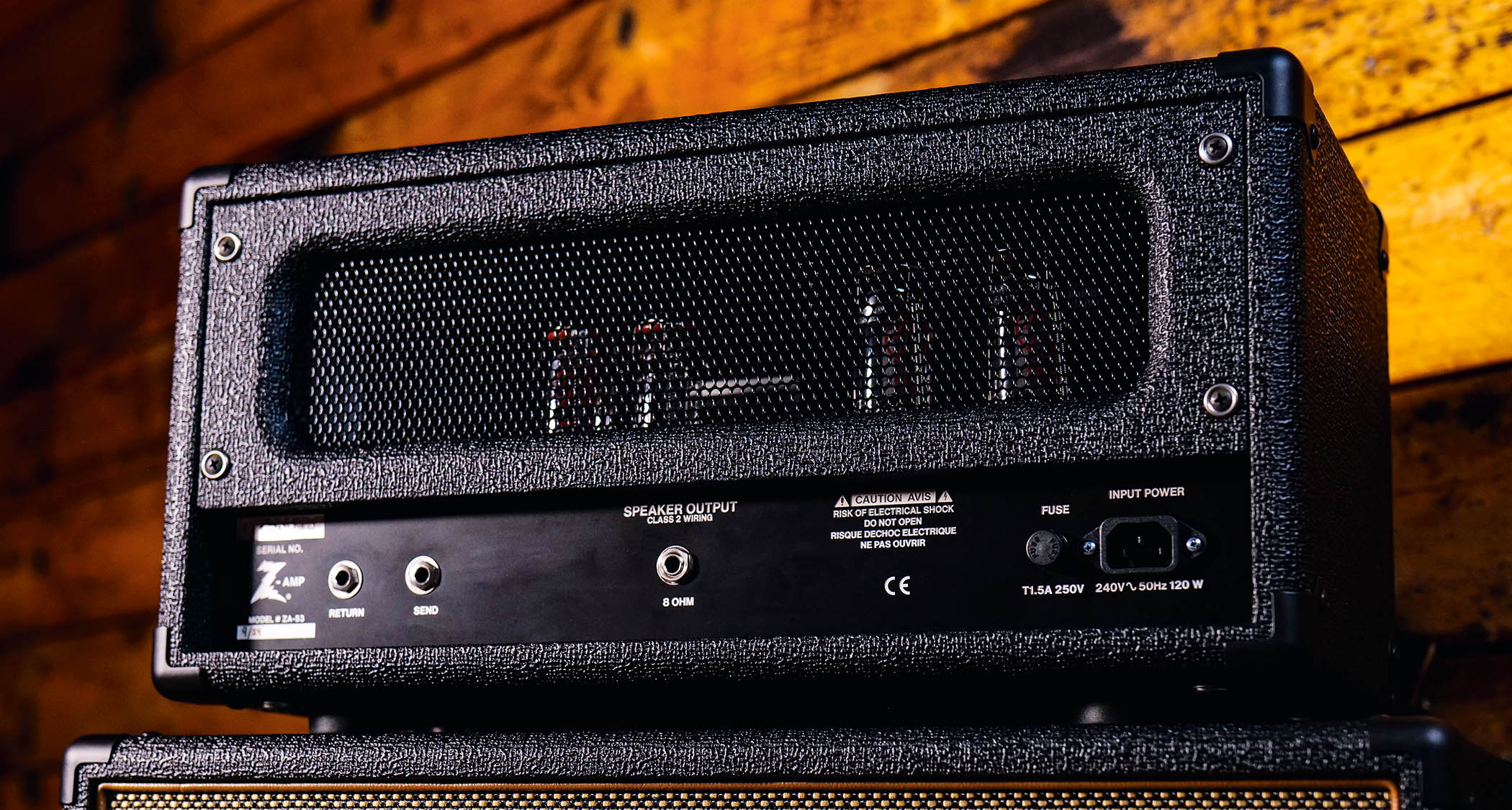
What are your thoughts on digital modelling amps versus valve amps?
“I have some thoughts on this. I go to shows and go backstage and I see these amp modellers. I understand that it’s so much easier to take a Kemper or whatever to a show or on the road. They’re reliable and no tubes to go bad. You can dial in the sound that you want and it goes right to front of house.
“It’s not the same as playing through a tube amp. It’s not the same feel or playing experience, but to the audience, what they hear sounds great. Modellers are easy, practical and they work. There are a lot of sophisticated electronics in these units, so I gotta tip my hat to that.
“Do modellers have a place? Yes. Are they going to put me out of business? I don’t think so. Tube amps will always be coveted for their sound and feel. A Stradivarius violin will always be coveted. A ’59 Les Paul will always be coveted.
“I see that samplers and modellers are getting better and better, so to do my part I’ve taken on building modelling patches of Dr Z amps. I sell them and they do well. All I have to do is send a file. There’s no packing, no shipping, no testing. I’m not opposed to modelling. I see it as an advancement to amp products and I’m working on some things that integrate that technology.”
Dr Z amps have built up sort of a cult following over the years. Was there a moment when you realised your amps had made it – that you had made it?
“Yeah, there have been some memorable moments, but, honestly, I feel like I’m still fighting to be more accomplished and recognised. I’m not at the top of the mountain yet in my mind.
“You know, I want to be humble and not sound like I’m blowing smoke, but I do remember sitting there watching the Eagles on their Hell Freezes Over tour, hearing Joe Walsh play the Hotel California solo on an SRZ-65 through a Z Best cabinet. That made the hair on the back of my neck stand up.
“It was the same kind of feeling seeing Brad Paisley at all the awards shows, and even playing the national anthem at the World Series with a Dr Z amp right there behind him. The whole world is seeing this. It was like, ‘Holy shit, look at that.’
“Whenever I hear that a record was recorded with a Z amp or hear that an artist is playing one on tour, it’s satisfying. It makes it feel like every day, even with my 24/7 work schedule, is worthwhile.”
- Find out more at Dr Z Amps.
- This article first appeared in Guitarist. Subscribe and save.
Charlie Wilkins, known as “Amp Dude,” is a seasoned guitarist and music journalist with a lifelong passion for gear and especially amplifiers. He has a degree in Audio Engineering and blends technical expertise with a player’s insight to deliver engaging coverage of the guitar world. A regular contributor to top publications, Charlie has interviewed icons like Steve Stevens, Jared James Nichols, and Alex Lifeson, as well as guitar and amp builders shaping the future of tone. Charlie has played everything from thrash metal to indie rock and blues to R&B, but gravitates toward anything soulful, always chasing the sounds that move people.
You must confirm your public display name before commenting
Please logout and then login again, you will then be prompted to enter your display name.



